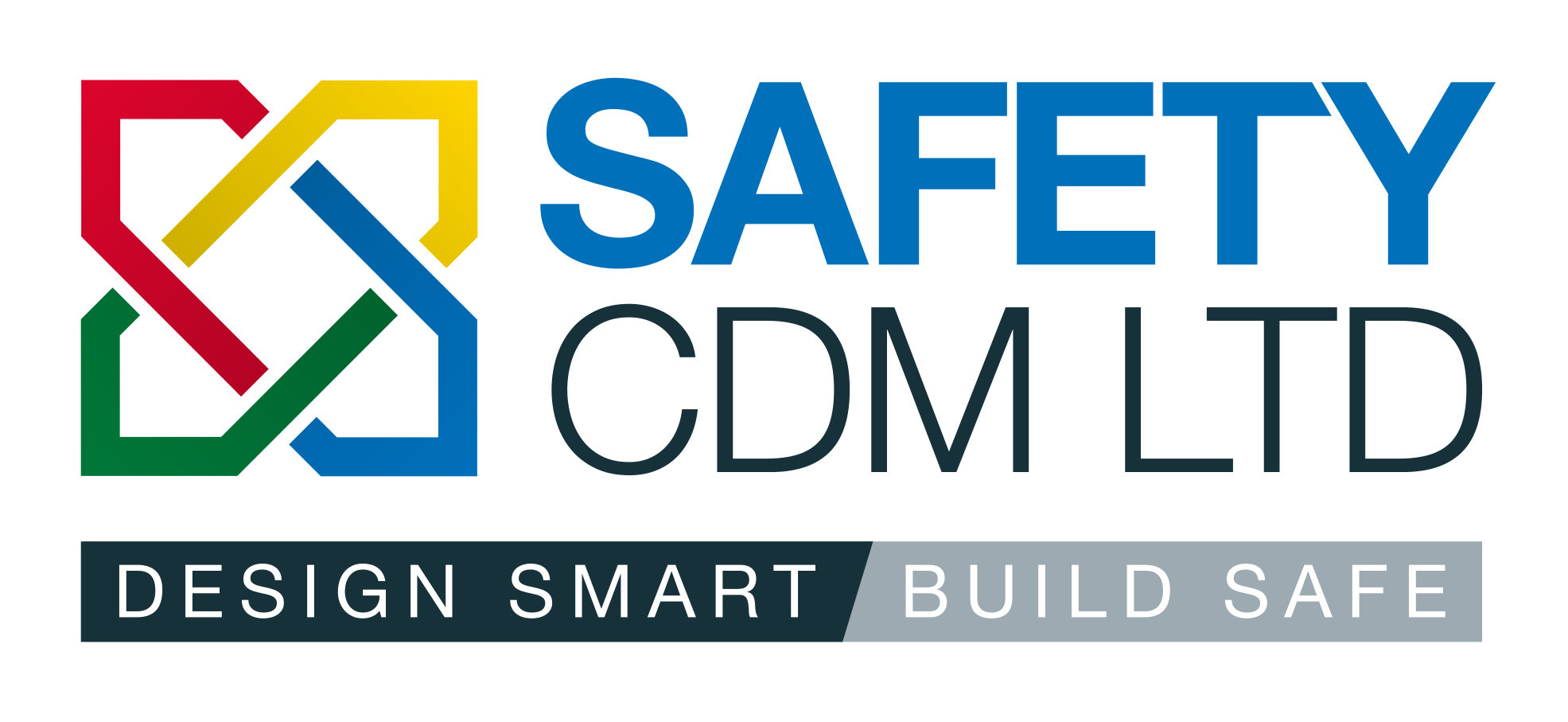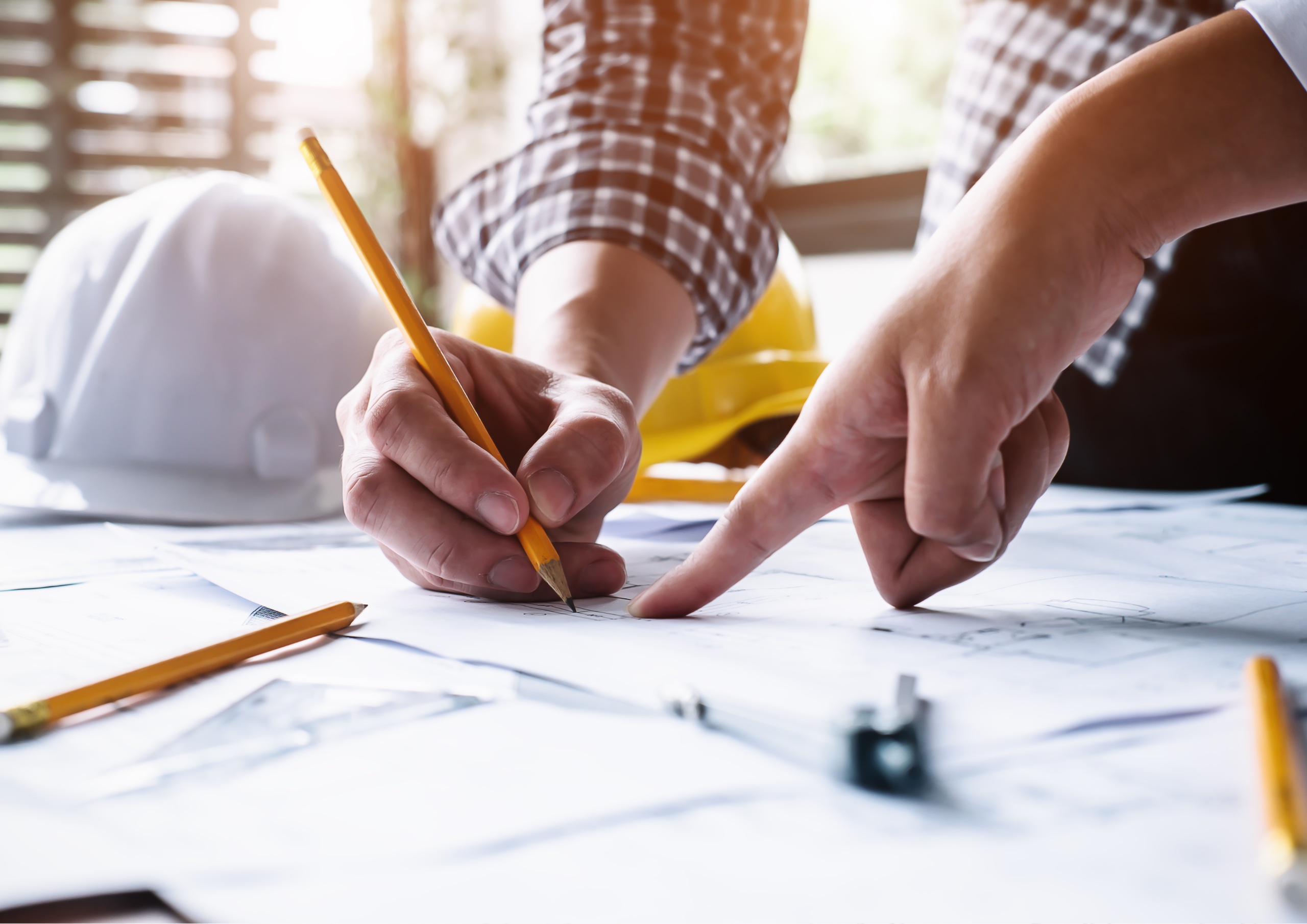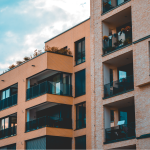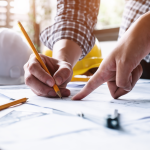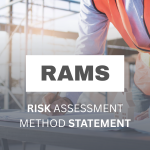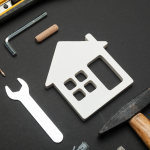When something goes wrong on site, blame often falls on the builder. But in many cases, the root cause lies much earlier at the design stage.
Under the Construction (Design and Management) Regulations 2015 (CDM 2015), designers are legally required to consider safety from the outset. Specifically, that means identifying and addressing foreseeable risks not only during construction, but also for the building’s future use, maintenance, and cleaning.
Design Blind Spots Have Real Consequences
We’ve seen first-hand what happens when safety isn’t factored into design:
-
A rooflight installation nearly resulted in a fall because no safe access had been included in the design.
-
Steel fabrication left no clearance for installation resulting with a worker being injured while cutting steel at height with an angle grinder.
-
The designers failed to include a safe method for window cleaning, ultimately a simple oversight with costly implications.
These aren’t construction errors. Instead, they’re design blind spots – and they’re preventable.
What the Regulations Say
Regulation 9 of the Construction (Design and Management) Regulations 2015 makes it clear: designers must eliminate or control foreseeable risks where “reasonably practicable.” However, this applies not just to the construction phase, but also to the building’s future use, maintenance, and eventual demolition.
To support this, these general principles of prevention encourage designers to take a proactive, structured approach to safety by avoiding risks where possible, addressing them at the source, choosing safer alternatives, and prioritising collective protection. Designs should also consider human factors, stay updated with technical progress, and ensure workers receive proper instruction.
To meet these duties, designers must consider how the structure:
🏗️ Is constructed
🛠️ Is used and maintained
🧼 Can be cleaned safely
🔄 Will be modified or demolished in the future
Importantly, this legal duty applies to all types of designers; from architects and engineers to anyone selecting products, materials, or systems.
Small Design Changes, Big Safety Impact
Use a design risk register from the early stages to track and review decisions that affect safety.
Include your CDM advisor in key design meetings and reviews so they can flag risks before they’re locked in.
Add specific, practical notes to your drawings, ditching the vague “contractor to check” messages and clearly highlight risks.
Remember: If a design can’t be safely built, maintained, or used — it’s not complete.
What It Means for You
Safe design goes far beyond ticking a box, in fact, it’s a proactive choice that reflects smart thinking, professional responsibility, and legal obligation.
So, before you finalise any design element, pause and ask yourself:
“Could someone get hurt because of this decision?”
If the answer isn’t a confident no, then it’s time to take a step back and rethink the approach.
Need help embedding safer design into your process?
Our team works closely with design teams across the UK to help integrate CDM safety from day one. Contact us today to make safety part of your design standard.
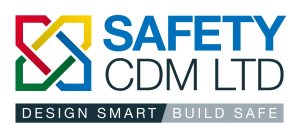
For further reading, the HSE provides clear guidance for designers working under CDM 2015:
🔗HSE: Designer Roles and Responsibilities
Find more expert guidance on our blog...
-
Now Available: Principal Designer (BSA) Services for Low-Rise Projects
September 25, 2025 Building -
CDM Regulations for Maintenance: What You Need To Know
April 22, 2025 Building
